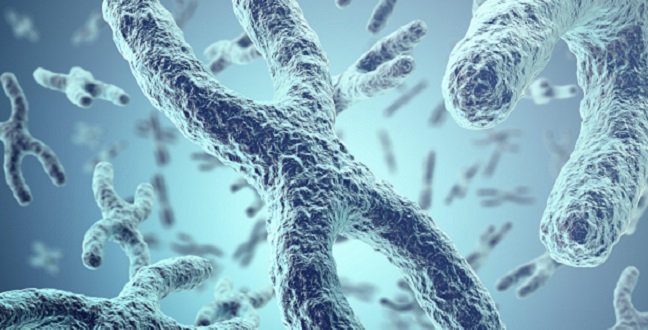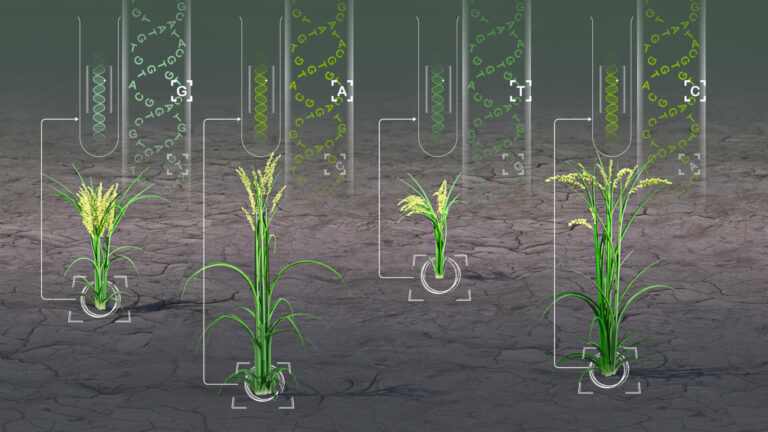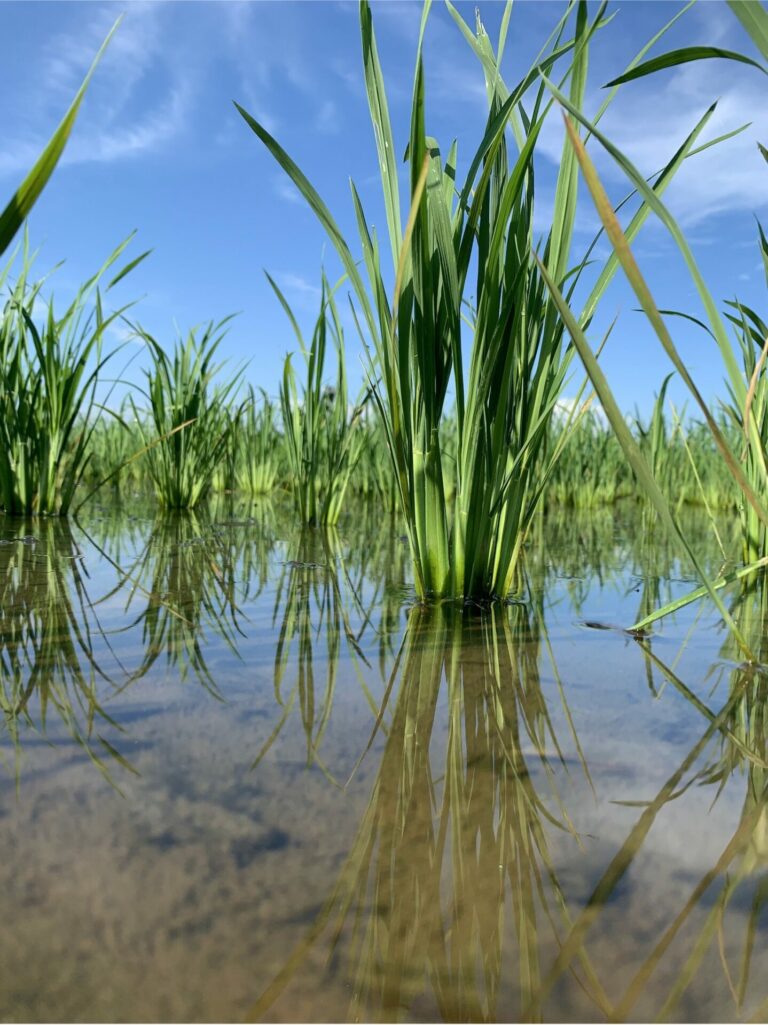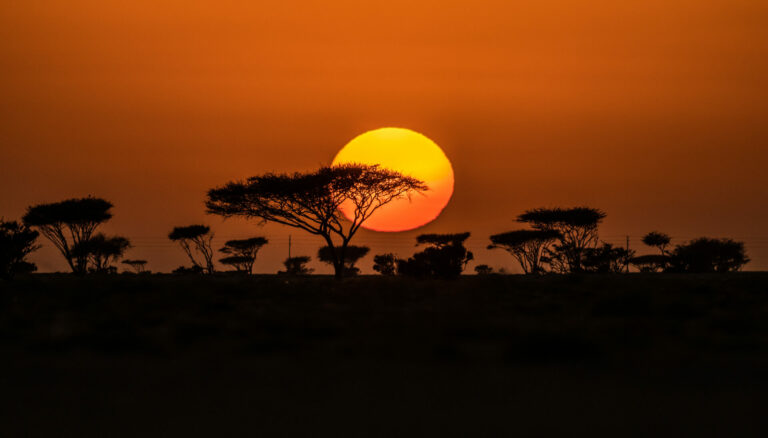Plant Science
The intersection of folding and function
The dynamic three-dimensional organization of chromosomal structure can profoundly influence plant gene expression.

The three-dimensional arrangement of the chromosome within which genes reside can profoundly affect gene activity. These structural effects remain poorly understood, but Assistant Professor of Plant Science Moussa Benhamed of KAUST and his colleagues have made important progress in exploring how chromosomes are organized in plant cells1.The billions of bases of DNA within a given genome are generally maintained in a compacted form wound around histone proteins to form a material called chromatin. Not only does chromatin pack up chromosomal DNA, but it is also a highly dynamic system that routinely reorganizes as a means to control gene activity.
“Numerous studies have shown the correlation between changes in the hierarchical organization of chromatin and specific gene expression patterns important for biological processes, such as response to environmental factors, cell identity and development,” said Benhamed.
Microscopy studies demonstrated the dynamic nature of plant chromatin decades ago, but tools have only recently emerged that are able to map these rearrangements in detail. For example, a family of chromosome conformation capture techniques (also called 3C) uses chemical agents that physically tether neighboring stretches of chromatin to one another. These strings of chromatin can then be purified and analyzed to identify likely interactions between DNA sequences situated either on separate regions of a single chromosome or even on entirely different chromosomes.
This type of analysis can provide insights into chromatin rearrangements that bring genes in contact with remote regulatory sequences that control their activity or organize linear genes into loop structures that facilitate rapid initiation of multiple rounds of expression.
Current data already indicate that plant genomes lack certain organizational elements that are consistent features of virtually every animal genome, but Benhamed cautioned against overinterpretation of this finding. “It is still very early to talk about outright differences between cells from different phyla,” he said.
In his view, the most exciting work in this field combines data from 3C or similar techniques with methods for monitoring other gene regulatory processes or even examining how changes in chromosome organization correlate with variations in genome sequence. “Some studies have depicted the implications that certain mutations have for genome topology and how these could be related to disease—in the case of humans—or certain other phenotypes,” Benhamed said.
In the future, Benhamed noted he hopes to see the field move beyond standard model organisms in order for researchers to begin understanding how genome organization is shaped over time by evolution. “For us, this is one of the most important questions to be answered,” he said.
References
- Rodriguez-Granados, N.Y., Ramirez-Prado, J.S., Veluchamy, A., Latrasse, D., Raynaud, C. et al. Put your 3D glasses on: plant chromatin is on show. Journal of Experimental Botany 67, 3205–21 (2016).| article
You might also like

Bioscience
Digging into the world of plant-growth-promoting microbes

Environmental Science and Engineering
Hydrogen storage solution could lie in lakes

Bioscience
Unraveling modern bread wheat from the genes up

Bioscience
Why do some plants thrive in saline conditions?

Bioengineering
Analytic tool reveals more cream of the crops

Plant Science
Targeting seed microbes to improve seed resilience

Bioengineering
From roots to shoots: decoding strigolactones in plant architecture and symbiosis

Plant Science



